Bird groups are organized by scientific classification, based upon their anatomical structure, geographic distribution, behavior, blood proteins, and a variety of other characteristics. Most recently, and probably most accurately, DNA hybridization has determined the relationships and supposed evolutionary history of all the bird groups of the world and most of the species. Learn more below and see Lectures by the Ornithologist for more detailed information.
Birds, Class Aves, are arranged into groups called Orders (ending in-iformes); these are such groups as the ducks and geese, loons, hawks and eagles, hummingbirds, kingfishers and rollers, herons and egrets, and penguins. The largest group, Passeriformes, is the songbirds. In each order are Families, ending in -idae. In the order Gruiformes, Cranes are in family Gruidae and Rails in Rallidae. Finally, birds have scientific names, the genus and species, such as Cathartes aura(Turkey Vulture) and the American Robin, Turdus migratorius. Properly, the genus is capitalized and the species is not. And both should be italicized or underlined.
What’s in a Name?
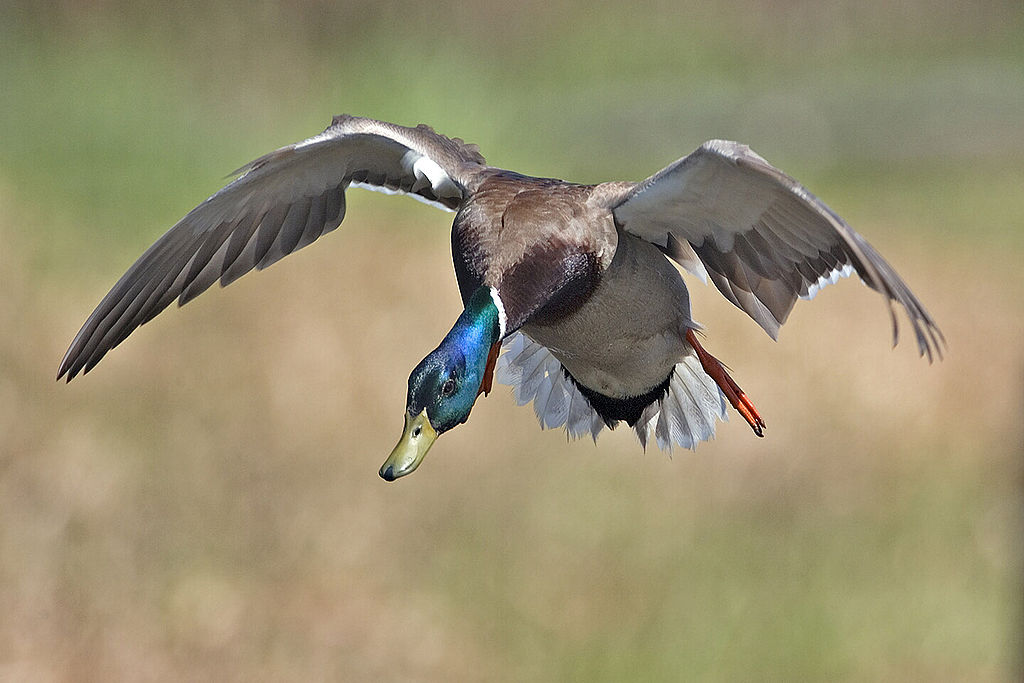
The Red-bellied Woodpecker does not have a red belly and some call those lovely goldfinches wild canaries and house finches linnets. The European Buzzard is similar to the North American Red-tailed Hawk, so you could potentially see the same kind of bird at one place as another. Blue birds are not necessarily bluebirds and black birds are not necessarily blackbirds. Not to mention there’s the issue of different languages, as how a bird is named in America could be different from how it is named in France. All birds have a scientific name (actually two names) derived primarily from the Latin or Greek.
Anas platyrhynchos is the scientific name for the Mallard . Anas, the “genus” is Latin for duck, and indicates that the Mallard is related to other ducks such as the Pintail, Gadwall, and Black Duck. The species name, platyrhynchos, is Greek for flat bill, referring to the typical ducklike bill. See my book, Latin for Bird Lovers, out in 2014.
(The species name for the Pintail is acuta, referring to the “acute” or pointed tail.) So the genus Anas, being the same for both species, tells us these ducks are related but distinct species with distinct species names. Note that the genus and species are always in italics and that species is both singular and plural. The American Ornithologist’s Union has created a standardized checklist of the common English names of American birds and the International Ornithologists Union IOC Bird List has standardized English names for all birds of the world. But scientists continue to use scientific names in order to avoid any confusion, to better show avian relationships, and to communicate with colleagues across the world whose common names are in their native languages.
Both the AOU and IOC recommend that the proper English names of birds be capitalized. So one would write Black-capped Chickadee or Oak Titmouse, but refer to a chickadee or a titmouse in lowercase. That’s not an editorial rule, but the guideline is followed in almost all ornithological journals and most books, including field guides. (One exception is Birdwatcher’s DIgest, which refuses to use capitals.)
Luckily for birdwatchers, we have official common English names, easier to pronounce and spell. No other group of organisms can say the same. So when you make a checkmark next to a bird name, consider what it might mean. A little research into bird names can open up a whole new way of looking at our feathered friends.
Bird Names Translation
List of Birds by Common Name
Group Names for Birds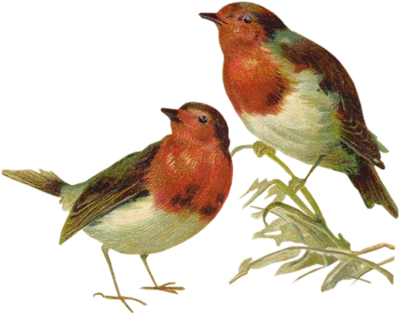 Historical Patterns of Avian Taxonomy
Historical Patterns of Avian Taxonomy
Obsolete Names for Birds of North America
International Ornithological Committee World Bird List
List of Birds by Common Names
Names of Animal Congregations
Recent Bird Name Changes
Recent Taxonomic Changes
Sibley and Monroe Checklist
Taxonomic Listing of Birds of the World
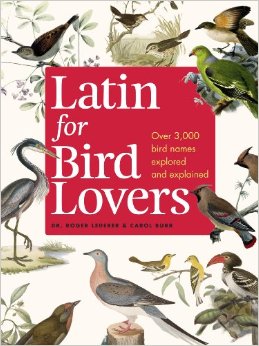 The Ornithologist’s book, Latin for Bird Lovers , published by Timber Press explains why birds received the Latin names they did and what these names mean.
The Ornithologist’s book, Latin for Bird Lovers , published by Timber Press explains why birds received the Latin names they did and what these names mean.
What’s in a Name?
Have you ever wondered why a bird might be called a thrush, wren, tit, hawk, tanager or owl?
How about “grackle?” This name is from the Latin graculus, originally referring to the European Jackdaw and later to the similar looking grackle. Magpies have that moniker because, many years ago, the name “Margaret “or “Meg” was applied to a chattering old woman gossip and the name morphed into “mag.” The “pie” part comes from piebald, meaning patched, referring to the white patches on the birds. The Bald Eagle was originally the piebald eagle because of its white patches.
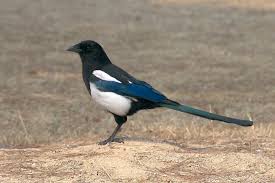
And the “robin”? The Latin (rubus), French (redond), Dutch (robintje), and other languages referred to the orange-breasted European bird, and later to the American version. “Cormorant” came from the Old French cormarenc (aquatic bird). The familiar Mallard name appears to have been derived from the Old English word “malart” or perhaps Medieval Latin’s “mallardus”, originally meaning the male of any wild duck. The derivation of many common bird names are based upon such things as size, shape, behavior, color, pattern, home range , where the bird was first collected, the honoring of some person , or after part of its scientific name. Romans referred to small greenish birds as vireos, after the Latin word for green, viridis, and the name stuck for some species.
Colloquial names may confuse things; some people call House Finches linnets, and Ospreys fish hawks. Across the ocean, Americans referring to cormorants might be confused by Europeans calling them shags and one of their most common hawks buzzards, the name Americans use to refer to vultures.
Tempering all this confusion in the U.S. is the seventh edition of the American Ornithologist’s Union (AOU) Checklist of North American Birds which first came out in 1886 and lists the official common names of all North American birds. Better yet, in 2006 the International Ornithological Committee (IOC) established a World Bird List that lists accepted common English names for all 10,612 species of living birds and 153 species of extinct ones. This standardization of common English names makes the reporting of sightings and the tracking of bird species populations much more reliable.
It is fortunate that we have official common English names for birds across the world, but not everyone speaks English and the rather odd and often nebulous derivation of common names make them useless for studying the relationships of bird species. One can only imagine the confusion if birds were identified only by their common names in various languages. Across the northern hemisphere the Mallard is called a Canard, Stokente, Wilde EEnd, Germano, Stokkand, Ma-gamo, and Pato-real. So in the world of biology, there is one scientific name for each organism. This two part name gives each organism a definitive label and describes the relationship of that organism to every other one. Scientific names consist of a genus (like Anas) and species (like platyrhynchos). The Mallard’s scientific name, Anas platyrhynchos, tells us that Anas acuta, the Northern Pintail, is a close relative but Cyanocitta cristata , the Blue Jay, is not. Note that the genus always capitalized and the species always lower case. Both are always underlined or italicized. (The word “species” is both singular and plural; “specie” is not a biological term.)
Scientific names are often descriptive. Turdus migratorius, the American Robin, is the “migratory thrush.” Like some common names, scientific names might come after the place they were first described, as Larus delawarensis (Ring-billed Gull). Some are named after people like the French botanist Pierre Magnol who gives us both the common and scientific name of the Magnolia Warbler, Setophaga magnolia. Other scientific names might include references to size, shape, behavior, mythical creatures, calls, songs, native names, and so on. The Ivory Gull is Pagophilia eburne, after the Greek pago for frost, philos, loving, and eburne , Latin for ivory.
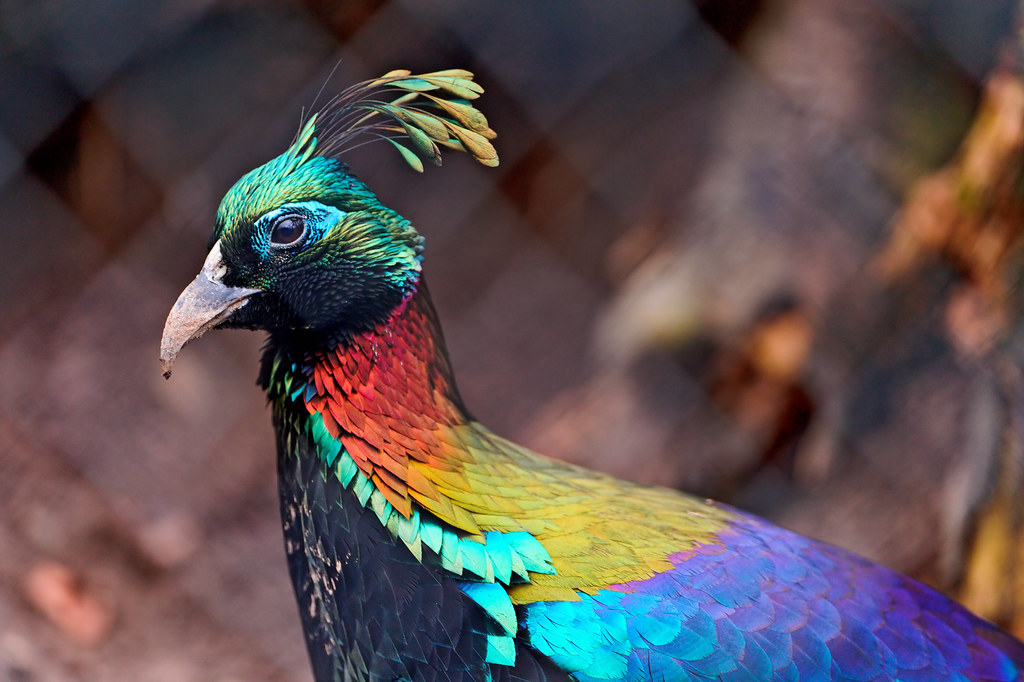
Hello, I have made a website on the scientific bird names of Europe, http://www.wnve.nl, maybe interesting for you to know. It is in Dutch. Some say Google Translate is a good help, I think it’s not enough, so on Home I tell the visitor I make translations in English, on demand.
Actually Adam named every animal on the planet According to God’s Word in Genesis chapter 2 verse 18 -20
Yeah, well….You don’t really believe that, do you?
Why do bird names differ when written down..eg a Blue Tit or a Blackbird or Chaffinch and Citril finch.
I don’t understand your question. Please clarify.
Pingback: What’s in a Fake-News Bird Name? | Tales from a West Michigan Wood
Hi Lewis, I believe you are referring to the spaces between names? I.e. why is it Blackbird and not Black Bird, and, Blue Tit and not Bluetit?
For Blue Tit and Citril Finch, these are standard combinations. Some names have the space removed or become hyphenated to indicate they are not part of that original group.
With Blackbird it is easy, if you wrote Black Bird in a sentence readers would ask, which black bird, whereas if you use Blackbird, they know you are talking about a particular bird species. Chaffinch is actually a sub-type of finch, if the Chaf and finch were separated people would not know that is it different from the others. Common names rules are not always applied consistently because they are dependent on how people use them. So, we have types like Chaffinch, Brushfinch, but confusingly, we also have Reed Finch and Island Finch.
In Australia these names are annoyingly common, we have Magpie-lark, which is neither Magpie nor a lark, but the name indicates “a magpie-ish looking bird that looks larkish”.
It’s not clear-cut, but the rule to follow is:
– if the name is the species is type of
– if the section is joined or hyphenated it generally indicates it is a sub-type or in an entirely different group
Hope this helps
Hi, when referring to multiple birds of the same species should the common English name remain singular? For example, which is correct for the following: ‘I saw four Tawny Frogmouth’ or ‘I saw four Tawny Frogmouths’?
Thank you.
Plurals are handled just like any other plural noun in English. Frogmouth , Frogmouths, Sparrow, Sparrows, Killdeer, Killdeer, Pelican, Pelicans.